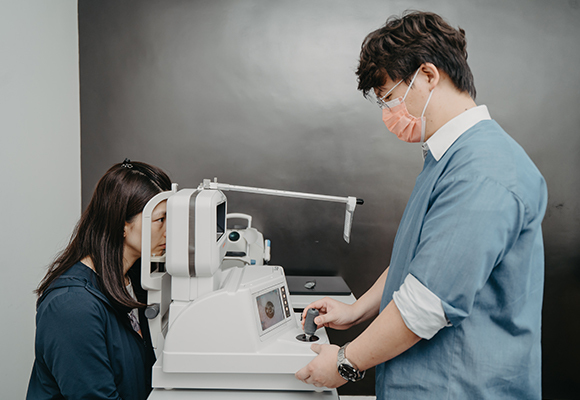Written by Shi Ying , BSc (Hons) optometry.

What is Stroke?
Stroke occurs when something blocks of the blood flow to part of the brain or when blood vessel in the brain bursts.
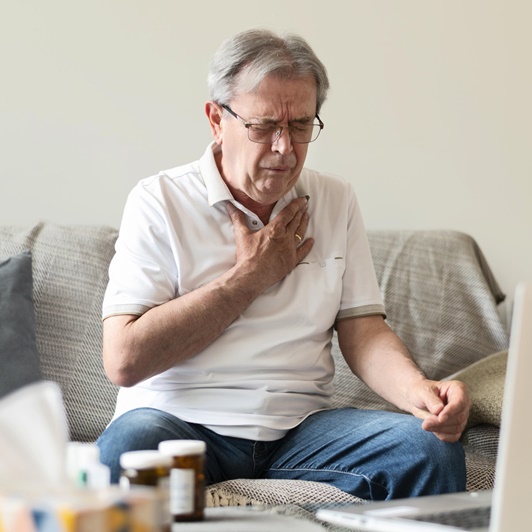
Classified into Two Main Categories
- Ischemic stroke
- Caused by blockage of blood supply to the part of the brain.
- Most common caused by atherosclerosis which mean fatty substance collects in the blood vessels à stick and clump together with the blood à block the blood flow supply to the part of the brain.
- Hemorrhagic stroke
- Caused by blood vessel in the brain bursts.
- Caused by high blood pressure, bleeding disorder, injury and abnormal bulge in the wall of a blood vessels.
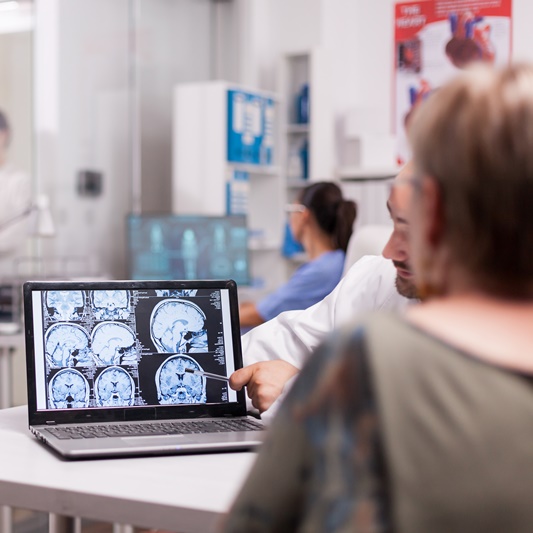
Initial Symptoms (B.E.F.A.S.T)
- Balance (Vertigo)
- Eyes (ocular disruptions)
- Face (paralysis on 1 side of the body)
- Arms (weakness on 1 side of the body)
- Speech (sudden loss of speech)
- Time
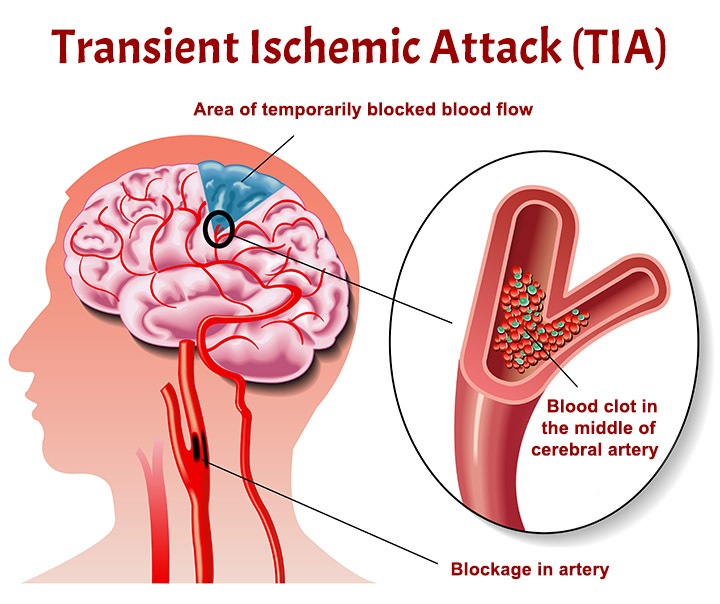
Transient Ischemic Attacks
- Temporary blockage of blood supply to the brain.
- May experience temporary loss of vision in one or both eyes due to a lack of blood flow to the eye & rapidly resolves within a few minutes.
- The risk of having a stroke is higher following Transient Ischemic Attacks.
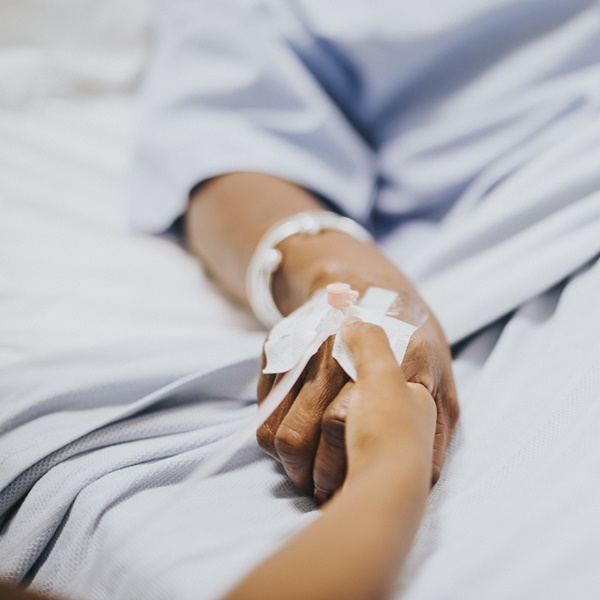
Recovering from Stroke
- Stroke affect one side of the brain resulting in range of brain-related dysfunctions.
- When the brain is impacted on one side, loss of motor function on the opposite side of the body may occur.
Common problems after stroke
- Difficulty in weight-bearing.
- Difficulty recognizing letters, numbers, words.
- Difficulty in speaking.

Common Visual Problems after Stroke
Visual deficits related to stroke, traumatic brain injury and other neurological disorder can impact driving, reading, doing basic tasks and other aspects of everyday life, it should be evaluated by a neuro-optometrist.
- Strokes affect the brain’s information processing à impact on visual function varies depending on the location and severity of the insult.
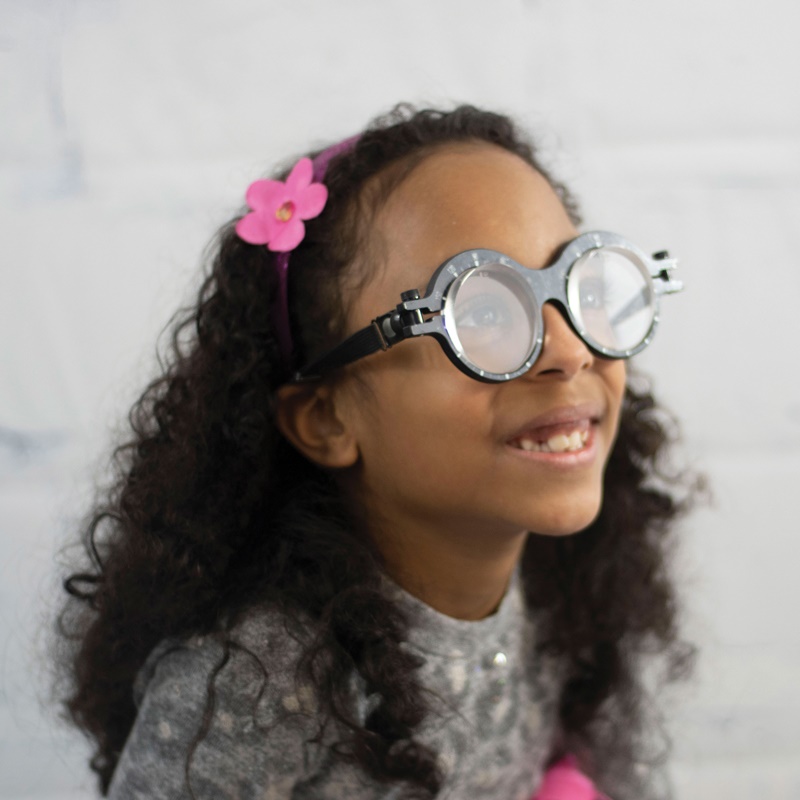
Stroke and Visual Midline Shift Vision (VMSS)
- Spatial visual process will be compromised aftermath of a stroke à affecting posture, balance and movement à tends to lean toward one side of the body due to thinking that their body center has shifted à the brain compensates for this weight shift by moving the visual midline away from the impacted side = Visual Midline Shift Vision (VMSS) which can lead the person to shift their body laterally causing changes in balance, posture and gait.
- Yoked prism prescription glasses offer effective treatment for those with VMSS by treating balance issues caused by neuro-motor imbalance
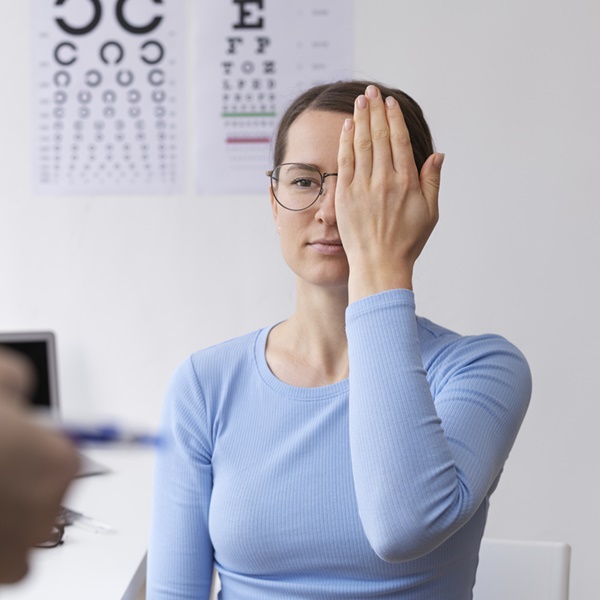
Stroke Rehabilitation & Neuroplasticity
- A neuro-optometrist will evaluate the integrity of the visual field, unilateral spatial inattention (Eg: clock test, line bisection test), eye movements (fixation, pursuits, saccades) binocular and accommodative system and photosensitivity.
- After the evaluation will suggest the ideal treatment.
- Neuro-optometric will work with other rehabilitation team members to help the stroke survivor learn new ways of performing tasks to compensate for any residual disabilities if the treatment needed.
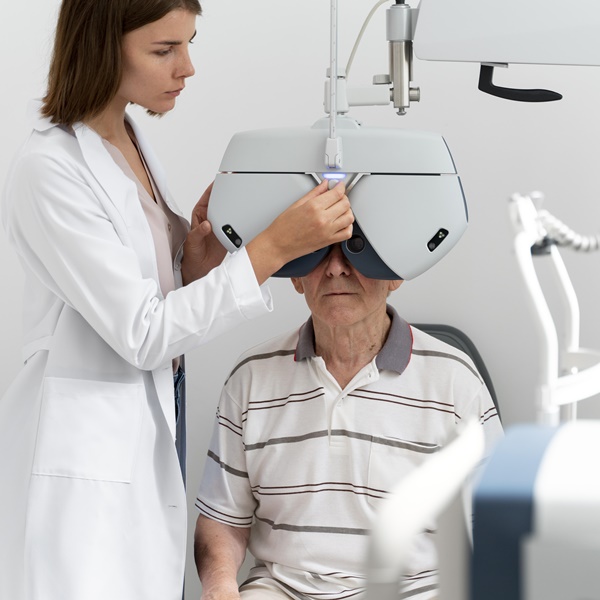
Recovering from Stroke through Neuro-optometry
- Earlier diagnosis and treatment reduce the risk of developing brain damage and potential complications later in life.
- Because stroke affects people differently, it is difficult to predict the extent to which one can recover. Certain people may recover fully, whereas others may experience permanent damage.
- One can continue improve for years following a stroke but majority the recovery is most pronounced within the first 6 months.
- This is why an interdisciplinary approach to recovery will provide the best outcomes.
- Neuro-optometrist skilled in vision rehabilitation are an essential part of the multidisciplinary stroke rehabilitation team.

